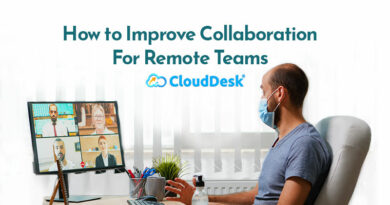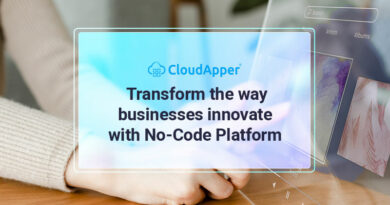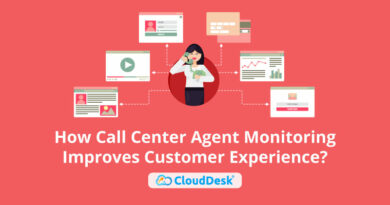Top 5 Ways to Ensure Your Online Safety While Working Remotely
‘Online safety’ is becoming a very important and controversial umbrella term in the IT industry, on all fronts. The last few years have seen a big shift in internet users’ mindsets, specifically when it comes to the concepts of cybersecurity, privacy and anonymity. Online safety a few years ago, especially for the average internet user, pretty much meant having an antivirus and firewall installed. The endless slew of additional cybersecurity solutions today were not envisioned to be so popular and necessary. Essentially, the average person was not aware of what online safety really meant a few years back, or saw the need for so much protection. We will later explore what specific events triggered this transition into a slightly paranoid mindset that we see today (with good reason).
About two years ago now, due to global lockdowns the transition to new modes of work took place; WFH and WFA; Work From Home and Work From Anywhere respectively. Following the fear and panic, the travel bans, unexpected lockdowns and all the rest -the majority of businesses have had to quickly shut down offices and transition all of their employees to working virtually. This was a difficult transition for businesses that were previously not used to functioning this way. So, with the global transition to remote work, naturally the need to focus on remote work safety became a big focus -with cybercriminals (and governments) now trying to take advantage of an enormous, isolated workforce.
Why is Safety Important For The Remote Workforce?
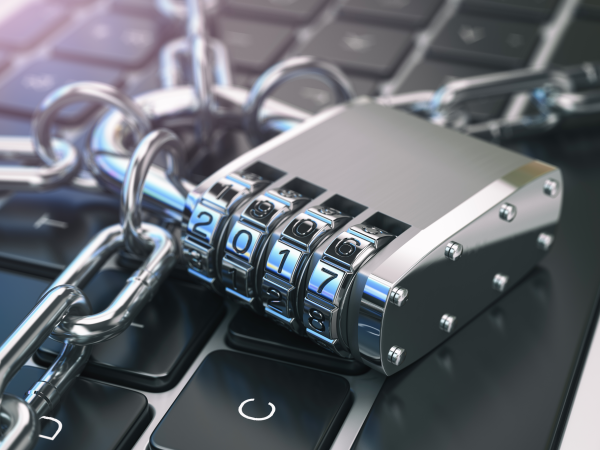
First of all, let us clarify ‘safety’. When we refer to online safety, this includes the following terms you may have come across before;
- Cybersecurity
- Privacy
- Anonymity
These three categories are related to each other, and in essence comprise what online safety is all about -in much the same way ‘weather’ can mean e.g. sunny, rainy, snowy, windy etc. Cybersecurity means literally protecting yourself from malware and malicious hackers, while privacy concerns your online presence. Finally, anonymity has to do with being untraceable on the internet. So, knowledge of all of the three different concepts underlined under ‘online safety’, is key. Let’s look at how these will tie into how we look at safety overall for the remote workforce.
Why so much safety hype? Let’s go back a little and remember possibly the most key event, that would drastically change the global attitude towards the internet forever. What does this mean exactly? Well, does the word whistleblower ring any bells? If that doesn’t ring a bell for you, let’s talk a little about this major event, now referred to as the Snowden effect -that has changed the public opinion on cybersecurity, privacy and anonymity forever.
Edward Snowden’s background as a ‘computer security consultant’, having previously worked in the IT industry with companies such as Dell, would eventually have him hired by intelligence agencies such as the CIA and NSA. Why are we talking about this man? Well, Edward Snowden would later on be globally known as the one who broke the barrier concerning critical issues with internet privacy, anonymity and security. In 2013, Snowden revealed that U.S intelligence agencies were monitoring their citizens at an unbelievable rate, depth and scale. What did this mean for the tech world? This meant that from then on, global awareness about; mass surveillance, government monitoring and information privacy would shift. The Snowden effect sparked the industry to focus on cybersecurity, privacy and anonymity for the average internet user, and also sparked major distrust in people’s opinion of how the internet is governed.
So, managing the cybersecurity of the remote workforce, as mentioned earlier, is certainly going to be a challenge for not only digital-focused businesses, but all categories of businesses out there with the internet being indispensable for everyone nowadays. What is certain is that remote work is the cornerstone of the post-lockdown business world today -e.g., statistics show that in the US alone, post-lockdown figures reflect a significant rise in working remotely 5 days a week.
To manage the ever-expanding remote workforce, businesses also relying on remote employee monitoring software. The platform allowing to know employee work hours, get an analysis of their productive and idle times, and helping to keep them engaged at work by sending periodic pop-ups. The affordable, cloud-based solution influencing businesses to build full-time distributed workforces.
The Top 5 Things You Need For Safety For Remote Work
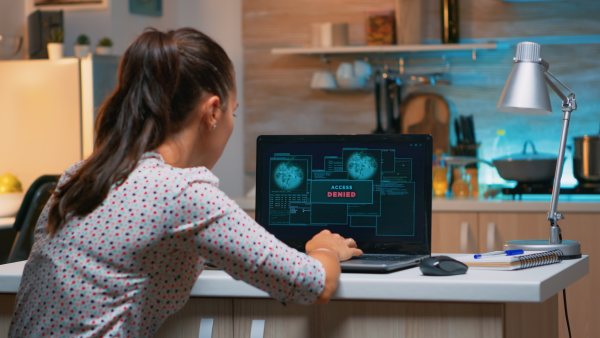
We mentioned that staying ‘safe’ or cybersecure while working remotely meant being knowledgeable about cybersecurity, privacy and anonymity. The next important step is to look at specific solutions and tips categorically for remote workers’ safety online.
Below you will find a practical checklist of things to carefully consider, for your remote working safety whether you are a business owner or employee;
Cybersecurity
- Invest in trustworthy antivirus and antimalware software (or software that combines both features)
- Use complex passwords across your devices, apps and email
- Be careful when videoconferencing and messaging
- Keep all of your systems up-to-date with the latest updates
- Secure the network router you are connected to (if at home) with your own password
- If possible, do not use public wifi for work (or use a Virtual Private Network on public wifi)
- Be aware of phishing scams that will take you to scam websites, always check that HTTPS is written in the address bar
- Use multi-factor-authentication wherever possible
- If you run a business in the EU, ensure that you comply with the GDPR
- If you run a business in the USA, you may also have to be GDPR compliant, or if you are in California consult the CCPA regulations
- Businesses should run secure, enterprise cloud storage
- Do not open emails that are unfamiliar to you
Privacy
- Check permissions on your devices and be careful what you allow your GPS, microphone and camera to access
- Be careful what you share on social media and who is able to see it
- If you use your social media for work, enable the privacy features on your accounts
- Use a privacy-oriented browser that blocks third-party-cookies, browse in incognito mode
- Use separate email addresses for your social, business and personal emails
Anonymity
- Install and use a paid Virtual Private Network (VPN) subscription on all devices
- You may want to consider avoiding video calls and stay in the audio realm
- Type your URLs instead of copying and pasting them (to avoid code being circulated)
- Use an anonymous, secure email and messaging clients (encrypted) instead of the popular ones
In conclusion, as an employee you want to be careful what kind of jobs you apply for, and if anything seems shady it could be a work-from-home scam. Generally, always make multiple backups of all of your data, use a VPN to anonymize and protect yourself, and carefully consider the security tips listed above for a peaceful remote work experience.



